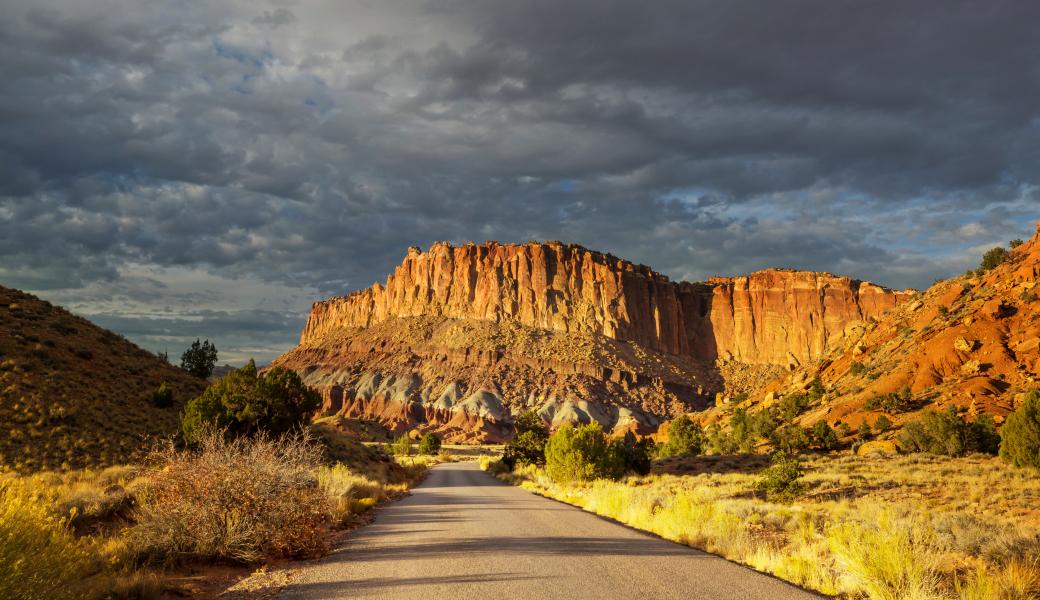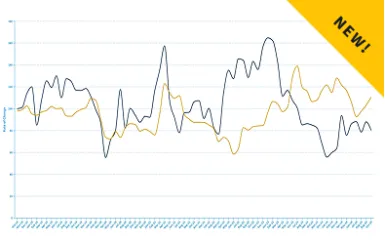Tips For Traveling To A National Park In 2022

After a 2021 filled with pandemic uncertainty and anxiety about all things indoors, many travelers are sure to be thinking hard about national park destinations in the West this year. But there’s plenty of change and uncertainty outdoors too.
If you’re leaning toward a park trip, here’s a roundup of what to expect at 17 parks in California, Arizona and Utah, including bigger crowds in the deserts, reduced services because of pandemic measures and worker shortages, miles of scorched earth in Sequoia, Kings Canyon and Lassen Volcanic national parks, a new reservation system in Arches National Park and the unresolved question of whether Yosemite will require advance reservations for summer daytime visits.
No matter which park you visit, travel these days means checking and rechecking park websites and following the parks’ official Twitter and Instagram accounts to keep up with late-breaking changes. It’s also wise to keep up with CDC travel advice, which includes getting vaccinated before you go anywhere and wearing a mask on planes, trains, buses and all other public transport.
Also, remember the National Park Service currently requires that everyone in its parks wear a mask, “regardless of vaccination status, in all NPS buildings, crowded outdoor spaces, and on all forms of enclosed public transportation.”
Channel Islands
Santa Cruz Island’s Scorpion Anchorage is open for day visits, as is the nearby campground and hiking route to Smugglers Cove. But just east of that route, 1,411 acres blackened by the Scorpion fire of 2020 remain closed for restoration until further notice.
Anacapa Island, usually a popular day-trip destination for the boats of park concessionaire Island Packers, will be closed from mid-February through July for dock construction.
Santa Barbara Island’s dock is closed after damages from two years of winter storms “and is not expected to be repaired in the near future.”
Death Valley
Badwater Basin, Mesquite Flat Sand Dunes, Zabriskie Point and most other key locations are accessible as usual. Scotty’s Castle, severely damaged by flooding in 2015, will reopen no sooner than April 2023. Thorndike and Mahogany Flat campgrounds are closed.
Joshua Tree
Rangers report no significant closures, with all trails, campgrounds and visitor centers open. But be ready for company. The park tentatively counted 3.06 million visitors in 2021, its highest tally ever.
Kings Canyon
Together, Kings Canyon and Sequoia saw 78,675 acres burned in the KNP Complex fire, including more than 1,000 large sequoia trees. Still, Kings Canyon’s Grant Grove area is open, including roads to sequoia groves and snow play. But with 2 feet of snow on the ground in many places, tire chains are required on all vehicles headed to the grove.
To reach Grant Grove, which includes the General Grant Tree, thought to be the second-largest tree on Earth, approach by way of the Highway 180 entrance to the park. Be sure to get a weather update before entering the park.
Lassen Volcanic
Much of this park is typically covered by snow in the winter, with roads closed. This year, the snow covers miles of ashes. The Dixie fire of 2021 burned the southeastern two-thirds of the park — 73,240 acres. The blaze, which lasted from July through October, destroyed or damaged 12 park structures, including seven cabins on the north shore of Juniper Lake and two bungalow units, the annex and water plan of Drakesbad Guest Ranch. Bridges on Mill Creek Falls were destroyed, and the Kings Creek Falls overlook was damaged.
The park remains open, but as of early January, no ranger-led snowshoe hikes are scheduled, and the park’s visitor information phone line is down, with no estimate of when it will be up again. Winter access is largely limited to the Manzanita Lake and Southwest areas, within a mile of the park entrances. (Carry tire chains in your car.) The 30-mile park highway is closed to through traffic for the winter/spring snow season, and no food services or gasoline are available in the park.
Read the full article from the Los Angeles Times here.
Please Sign in to View
Log in to view member-only content.
If you believe you are receiving this message in error contact us at memberservices@rvia.org.

